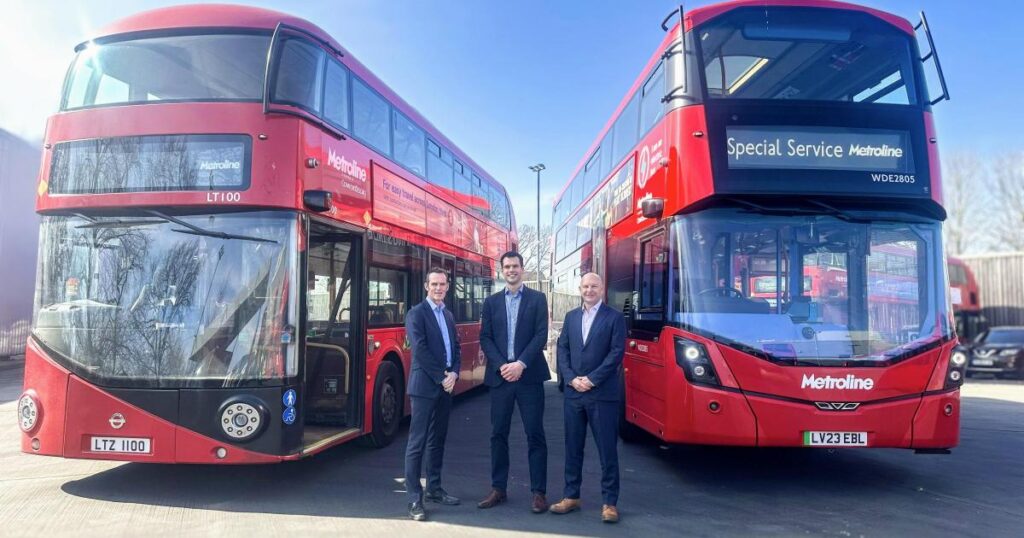Metroline, which operates around 100 bus routes across the capital on behalf of Transport for London (TfL), claims that a recent trial of the technology successfully cut passengers’ waiting times.
Over the past year, five bus routes operating out of Edgware bus garage – the 113, 142, 204, 240 and 251 – have used AI to recommend instructions to drivers.
The technology, called FlowOS Live, predicts the progress of every bus in the fleet and simulates the impact of various adjustments on bus progress and spacing.
This information is then used to provide instructions to drivers, with the aim of improving service reliability, punctuality, and speed.
During the trial of the AI-powered system, each journey made by a passenger saved ten seconds on average.

However, when scaled up across all of Metroline’s bus operations in London, the software is expected to save 2,000 hours of passenger waiting every day.
The technology will also be used to automate much of the administrative work that currently takes place to monitor and record incidents, cancellations, and delays on the network.
Metroline says this will enable its control room teams to dedicate more time to improving the delivery of its services.
It is thought that its roll out of the technology is an industry first in the UK.
Sean O’Shea, CEO at Metroline London, said: “Metroline is committed to evolving our service delivery and passenger experience.
“Embedding the AI-assisted software in our daily operations will not only help us to deliver on these objectives but will also support our vision to deliver safe, reliable and sustainable transport to our communities.”
Pete Ferguson, CEO at Prospective.io, the company behind FlowOS Live, added: “Working closely with Metroline we’ve been able to ensure that the software’s recommendations are effective, and that the overall system works in a practical context, enabling teams to successfully embed AI in their daily work.”




